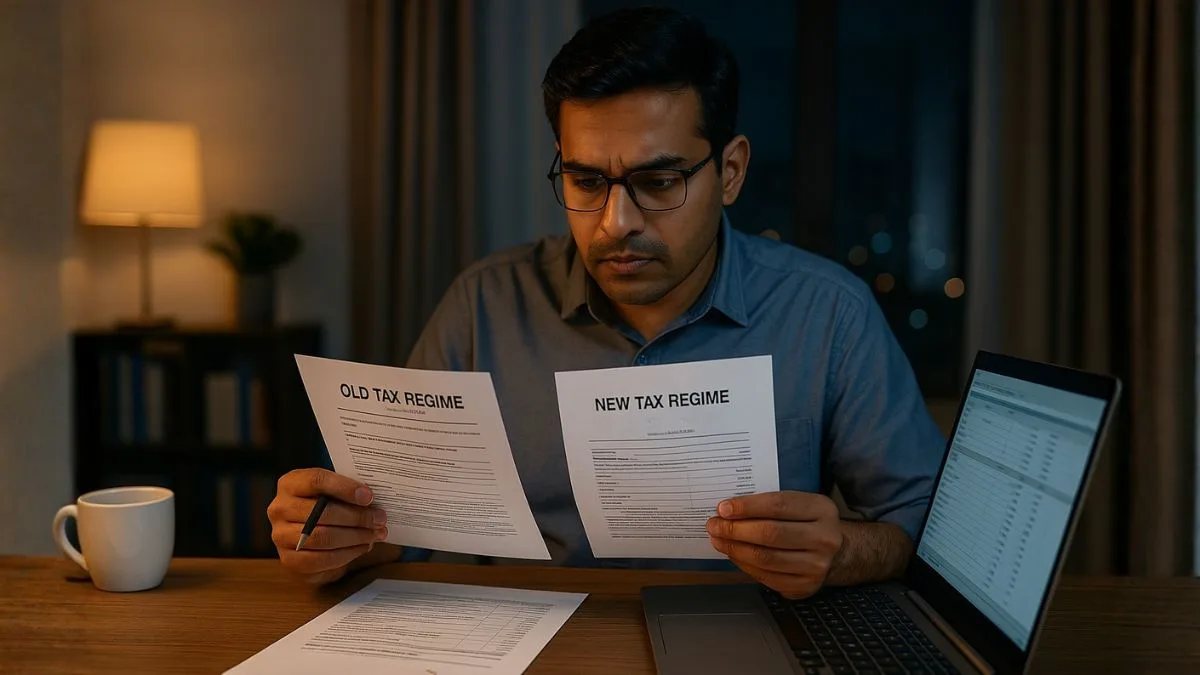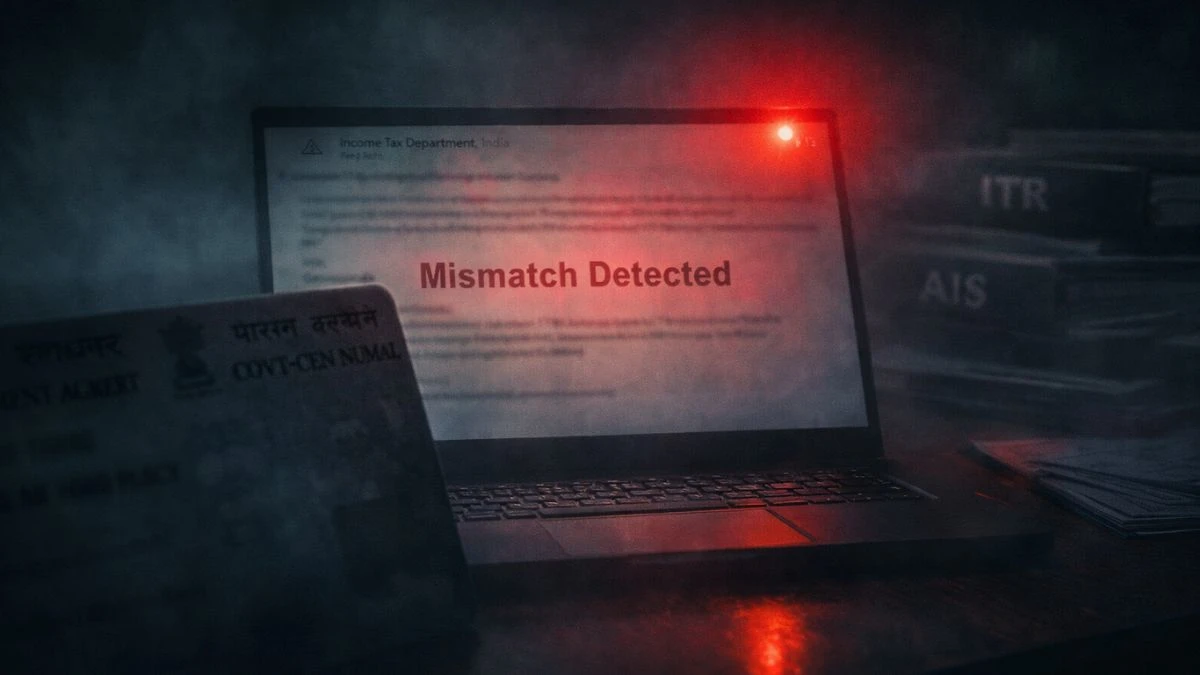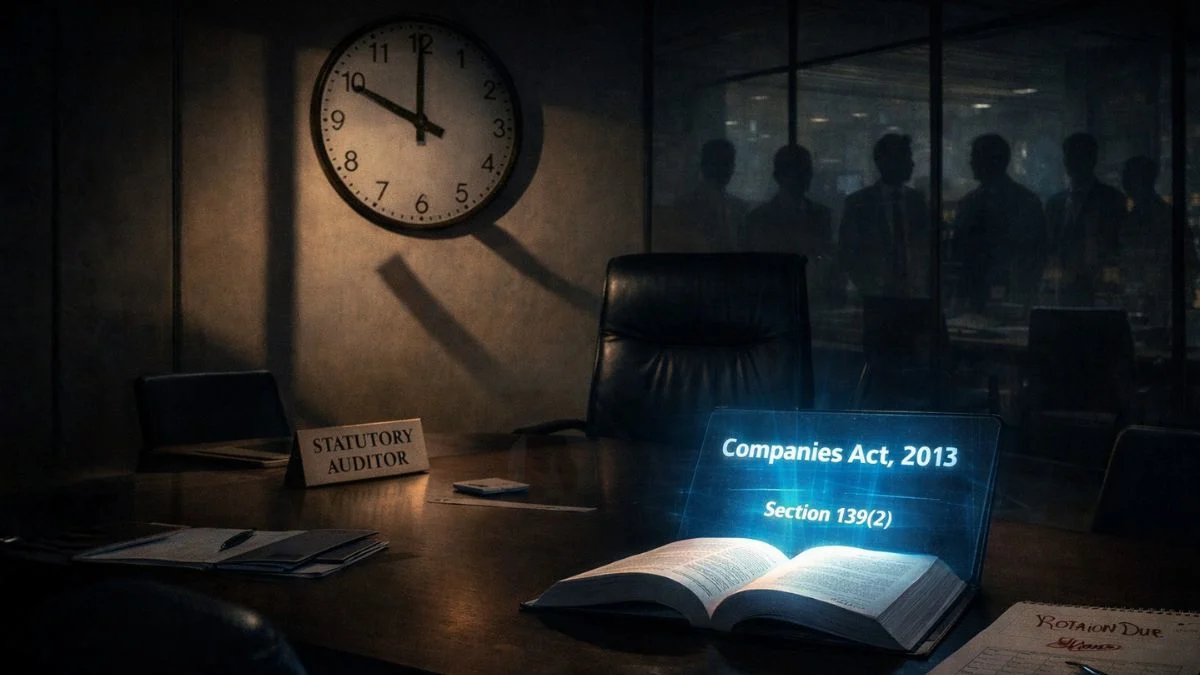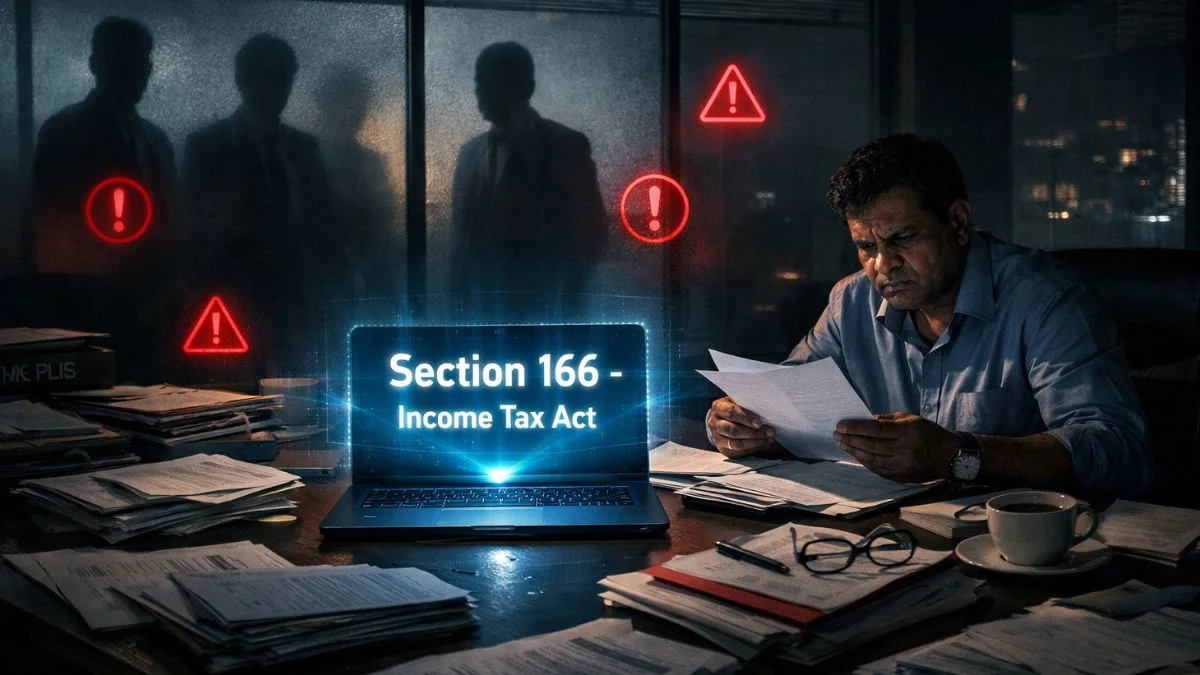
When the new tax regime was introduced under Section 115BAC, it brought simplicity but also confusion. Taxpayers suddenly had two systems — the old regime with deductions & the new regime with lower rates but no exemptions.
To handle this switch transparently, Section 10IEA was added to the Income Tax Act of 1961. It lays down the rules for filing a declaration when you opt in or opt out of the new regime using Form 10-IEA. If you don’t submit the form on time, your choice won’t be valid, and the department will treat your income under the default regime.
In simpler terms, Section 10IEA gives you the freedom to choose your tax path — but only if you follow the process carefully.
What Is Section 10IEA of Income Tax Act?
Section 10IEA was introduced through the Finance Act 2023 to formalize the procedure of switching between tax regimes under Section 115BAC(6).
It states that:
Any individual or HUF who wants to exercise the option to opt out of the new tax regime or re-enter it in future must submit a declaration in Form 10-IEA, within the due date for filing the income tax return under Section 139(1).
So technically, you will be required to submit Form 10-IEA online within the prescribed deadline, & once you make a choice, the department records your decision for future years until you change it again.
Understanding Form 10-IEA
Form 10-IEA is a digital declaration form available on the Income Tax portal (https://www.incometax.gov.in). It serves two purposes:
- To opt out of the new tax regime after you have opted in."
- To opt back into the new tax regime for a future assessment year.
The form captures your basic details, such as PAN, assessment year, status (Individual/HUF), and confirmation of choice. It must be filed before the ITR due date — otherwise, your switch will not be considered valid.
Also Read: New Tax Regime: A Simpler Way to Pay Taxes in India
Who Can File Form 10-IEA?
The following taxpayers are eligible to file Form 10-IEA under Section 10IEA of the Income Tax Act:
- Individuals who have income from salary, house property, capital gains, or other sources.
- HUFs (Hindu Undivided Families) earning income under similar heads.
However, if you run a business or profession, special conditions apply — you cannot switch freely every year. Once you opt out of the new regime, you can re-enter only once in a lifetime, unless your business ceases to exist.
How to File Form 10-IEA Online
Here’s the step-by-step process for filing Form 10-IEA on the Income Tax portal:
- Visit the Income Tax e-Filing Portal.
- Log in using your PAN & password.
- Go to e-File → Income Tax Forms → File Income Tax Forms.
- Search for Form 10-IEA under Section 10IEA.
- Select the assessment year for which you want to opt out or opt in.
- Fill in the necessary details and submit the form online.
- E-verify the submission using Aadhaar OTP or Digital Signature Certificate (DSC).
Always remember — the form must be submitted online within the deadline prescribed for filing the income tax return.
Important Deadlines to Remember
For most individual taxpayers, the due date for filing ITR & Form 10-IEA is 15th Sept of the assessment year.
For taxpayers subject to audit, the deadline extends to 31 October.
Missing this deadline means you’ll automatically be considered under the default tax regime (new regime from FY 2023-24 onward).
Switching Rules under Section 10IEA
|
Category |
Switching Option |
Remarks |
|
Individual without business income |
Can opt in or out every year |
Submit Form 10-IEA before ITR filing |
|
Individual with business income |
Once opted out, can re-enter only once |
Restriction to maintain consistency |
|
HUF without business income |
Can switch annually like individuals |
Declaration via Form 10-IEA mandatory |
|
HUF with business income |
One-time re-entry rule applies |
Permanent opt-out after second choice |
Difference between Form 10-IE and Form 10-IEA
Before FY 2023-24, taxpayers used Form 10-IE to opt into the new regime. After the Finance Act 2023, that form was replaced by Form 10-IEA, which is used for opting out or re-entering the new regime.
|
Parameter |
Form 10-IE |
Form 10-IEA |
|
Applicable From |
FY 2020-21 to FY 2022-23 |
FY 2023-24 onward |
|
Purpose |
Opt into new regime |
Opt out or switch back |
|
Mandatory for |
Salaried & business taxpayers |
Individual and HUF |
|
Filing Mode |
Online only |
Online only via e-filing portal |
Also Read: Old Tax Regime: Everything You Need to Know Before Filing Your Taxes
Key Benefits of Section 10IEA
✅ Flexibility – Taxpayers can choose the regime that reduces their liability.
✅ Transparency – Every switch is digitally tracked through Form 10-IEA."
✅ Ease of Filing – The portal auto-links your choice to your ITR.
✅ Reduced Errors – Ensures no manual confusion between old and new rates.
This balance between freedom & control makes Section 10IEA one of the most useful compliance tools for modern taxpayers.
Common Mistakes to Avoid
- Forgetting to submit Form 10-IEA before filing the return.
- Assuming the old Form 10-IE is still valid.
- Filing Form after the ITR deadline.
- Switching back without understanding the one-time limit for business owners.
- Ignoring acknowledgment emails from the IT portal confirming successful submission.
A single miss can invalidate your tax choice for the entire financial year.
Why Timely Compliance Matters
Every tax form exists for a reason — Form 10-IEA ensures that your decision to choose or drop the new regime is documented. Without it, you could end up paying tax under a system you didn’t intend to use.
Filing it correctly & on time means your records are synchronized with the Income Tax Department’s database — avoiding unnecessary queries or notices later.
Example to Understand Better
Let’s take Riya, a salaried employee earning ₹12 lakh per year. In FY 2023-24, she decides to try the new regime for simplicity. Next year, she realizes that her deductions (80C, HRA, 80D) make the old regime more beneficial.
To switch back, she logs into the e-filing portal & submits Form 10-IEA before filing her ITR. The department records her choice instantly. Had she missed the deadline, she would have been stuck under the default regime for that year.
Penalty for Non-Compliance
While there is no direct monetary penalty for missing Form 10-IEA, the indirect impact is costly — you lose your preferred tax regime for that year. If your income is computed under the wrong regime, you may have to pay additional tax plus interest under Sections 234A to 234C.
Hence, filing this form on time is as important as filing your return itself.
Form 10-IEA Acknowledgment
After submission, an acknowledgment number is generated on the portal. Keep this number handy — it acts as proof of your option & must be quoted in your ITR when asked. You can also download a PDF copy of the acknowledgment for record purposes.
Also Read: New Tax Regime 2025: The Hidden Deductions No One Told You About
Quick Checklist Before You File
✅ Verify your PAN and Aadhaar linking.
✅ Check your eligibility for switching.
✅ Submit Form 10-IEA before ITR filing.
✅ Keep the acknowledgment number safe.
✅ Use the same email & mobile for notifications.
This simple discipline can save you hours of correction work later.
Pro Tip – Should You Stay in the New Regime or Switch?
The decision depends on your deductions & annual income. If you claim high tax-saving investments (80C, 80D, HRA, NPS), the old regime might still be better. But if you prefer simplicity and steady cash flow throughout the year, the new regime often wins.
A simple Excel comparison can reveal which one suits you — or you can speak to a CA for a tailored analysis.
Conclusion
In a country where tax laws evolve every budget, Section 10IEA of the Income Tax Act gives power back to the taxpayer — the power to choose and change. But that freedom comes with responsibility. Filing Form 10-IEA on time is non-negotiable if you want your choice to be valid. The form must be submitted online within the deadline prescribed for filing the income tax return, and it is the only way to switch between old & new regimes legally.
If you’re unsure which option is better for you, talk to our experts at 👉 Callmyca.com — India’s trusted platform for ITR filing, tax planning, & personalized CA support. A five-minute consultation could save you thousands in tax.











